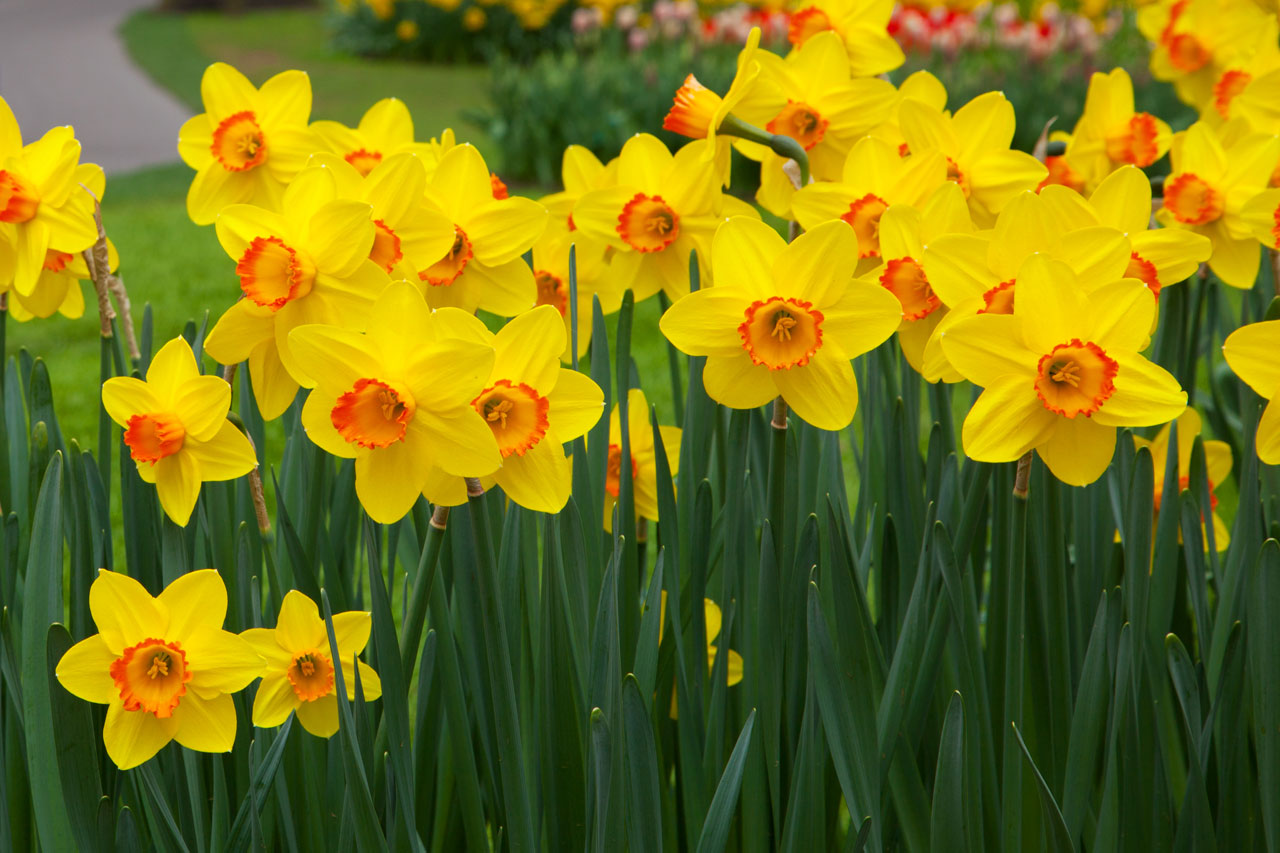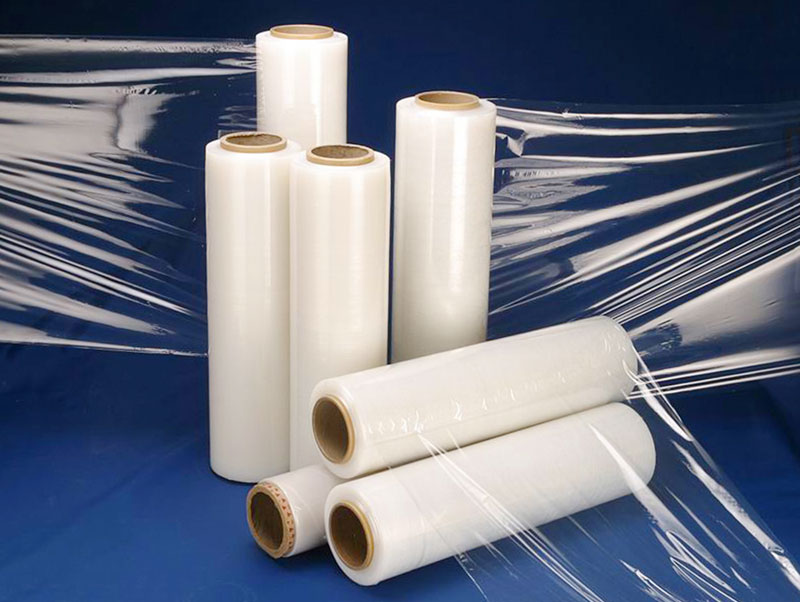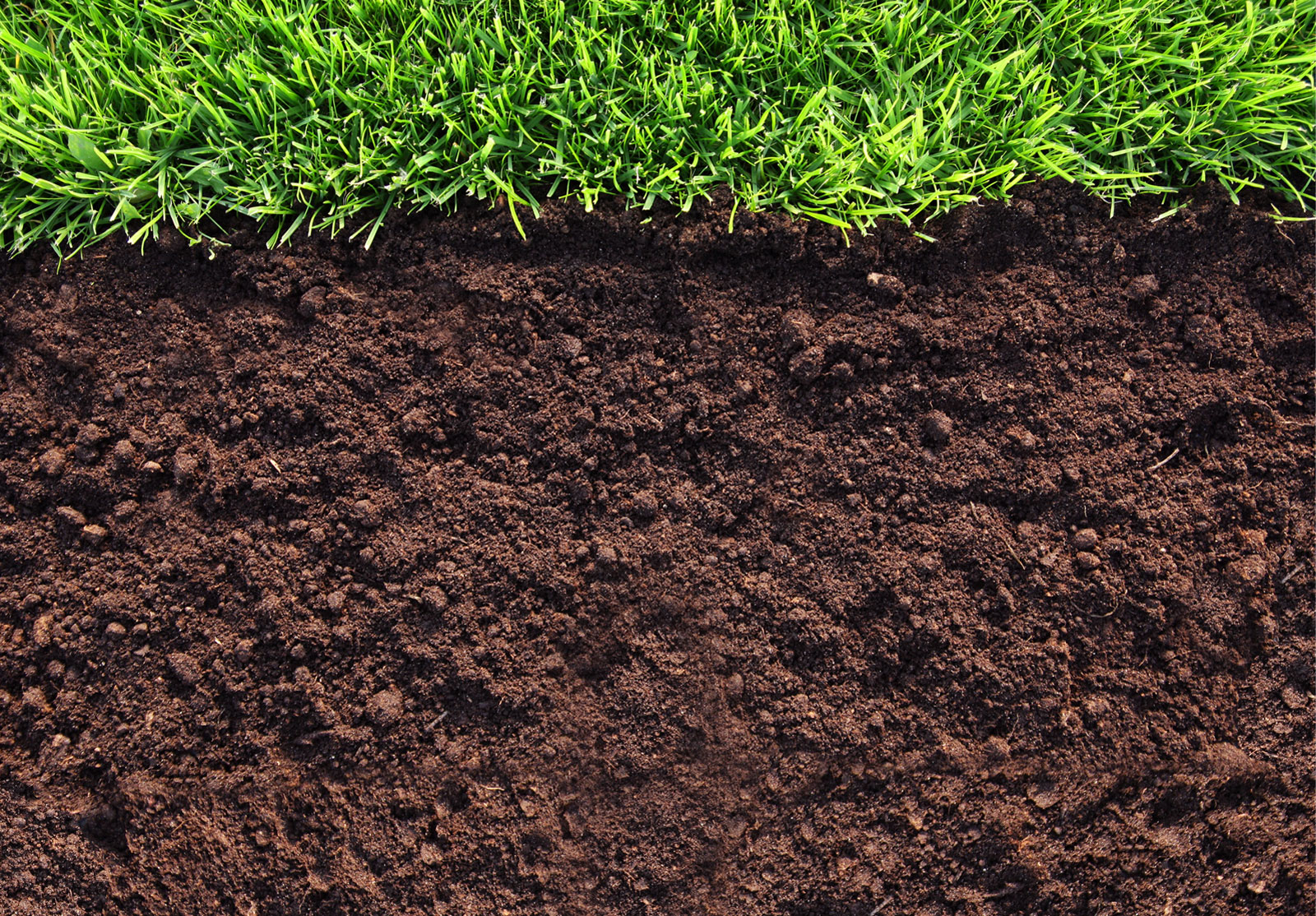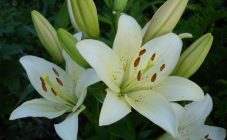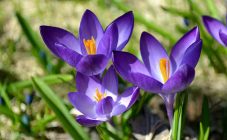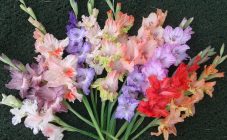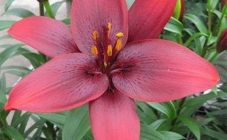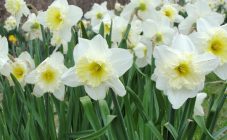Content:
Daffodils are very aristocratic and elegant spring flowers from the Amaryllis family. Today there are many varieties of them - large and small-crowned, tubular, poetic. Flower crown and delicate petals - that's what daffodils have found the widest application in landscape design. They are used for flower arrangements in borders and ridges, small-growing varieties are used for rock gardens. Asturian daffodils are used for landscaping balconies, it is enough just to pick up a beautiful pot, and in container plantings on the country terrace. But still, most of all amateur flower growers are interested in garden daffodils, planting and care in the open field. Moreover, they will have their own characteristics in each climatic zone.
General rules for caring for daffodils outdoors
Taking care of daffodils is, in principle, easy even for novice gardeners. The main thing is to pick up high-quality bulbs, and then you can practically not worry about the plant, since it is resistant to adverse conditions. Once planted this way, the bulbs will produce new plants every spring for several years - at least 6-7.
There are many hybrids in garden centers today. These varieties of daffodils grow well everywhere, you do not need to select any special area for them, the only caveat is that they will not bloom in the shade.
You can also choose classic varieties. But general rules apply to them too. The combination of good lighting (although light partial shade is allowed), sufficiently moist soil and good drainage gives the best result. If the soil is too dry, the daffodils may stop flowering.
Rules for planting daffodils and preparing for it
These garden flowers are relatively easy to adapt to any conditions. For them, you can choose an area with diffused shadow, and although this plant will not bloom so abundantly, its white or yellowish flowers will still decorate the garden. But in moderate sunlight, this flower will show itself in all its glory. He needs to provide only one main condition - to protect both from sharp gusts of strong winds and from small but constant drafts.
In landscape design, rabatki are popular, including, in addition to daffodils, shrubs and perennials. As for the rocky slides, they are often placed on stunted cyclamen-shaped daffodils and jonquils. The color does not matter - white, yellow, even greenish. But at the same time, to achieve the desired effect, daffodils need to be planted quite tightly, experienced gardeners say, at the rate of 50 to 100 bulbs per square meter.
Both wild and "domestic" daffodils are poisonous, so they are grown exclusively for decorative purposes.
For other traits, daffodils prefer neutral soil (pH should be 6.5-7.0). Therefore, it is recommended to prepare the soil in advance. 2 months before the planned planting, you need to dig up the site, add compost, humus or complex fertilizer to the soil, and add sifted sand to the soil (sea or river - it does not matter).
Bulbs are planted in Central Russia and in the south of the country at the end of summer, from the second half of August to mid-September. With this approach, the plant will have enough time to develop full roots before freezing occurs.
You need to plant the bulbs to a depth of about 3 of its height. Since they have different sizes for different varieties, everything is individual here. Small onions should be planted at a distance of 10-12 cm from each other, larger ones - 15-20 cm. Such a tight planting allows them to gain strength before flowering. On the other hand, if the fit is less dense, babies will develop better.
Caring for daffodils after planting in the ground
If the gardener is interested in daffodils, planting and leaving will not be difficult. These flowers are moisture-loving, but too often they do not need to be watered to prevent rotting. In spring and summer, when flowering ends, they are watered regularly, even in August they maintain light soil moisture, but at the same time, one must not forget to loosen the soil in such plantings. Also, in rainy weather, it is advisable to ensure that some of the moisture is removed so that the beds with daffodils do not turn into swamps. Better to cover the plant temporarily with plastic wrap.
The first feeding is carried out as soon as the first shoots appear. For this, nitrogen-potassium fertilizer is used. When bud formation begins, daffodils are fed with nitroammophos at the rate of 30 g for every 1 m².
When flowering ends, you need to gently break off the peduncles until the formation of seeds begins, otherwise the bulbs will receive less nutrients.
Transplanting daffodils is carried out when the bulbs are severely lacking in space. This usually happens 4-5 years after disembarkation. A gardener can notice this by how the flowers of daffodils become smaller every year, how the number of peduncles decreases. The division of such bulbs is carried out in the fall, carefully digging them out, cutting off the longest roots. Usually, these are no longer single bulbs, but whole nests, which must be carefully separated into separate planting bulbs and then each placed in a separate hole without damaging the roots. This procedure can be performed in the spring, but then the plant will not bloom.
Features of planting and caring for daffodils in the Moscow region, in the Urals, in Siberia
Russia is a large country, in its different regions the climate differs significantly. It is clear that in the Urals and Siberia, the actual, and not the calendar, autumn comes earlier, and winter lasts longer than in the Middle Lane. The above landing rules in relation to calendar dates correspond to the conditions of the Moscow region. Experienced gardeners, however, are guided not by date, but by soil temperature.
But in the Urals and Siberia, all terms are shifted anyway. Soil temperature favorable for planting is 8-10 ° C. In the Urals, this figure is often reached in mid-August, or even earlier. But if the summer is warm, the landing dates will be the same as in the Middle Lane. The Siberian climate in this sense differs little - landing can be carried out already in early August, but in hot summer - and at the end of this month.
Understandably, in these regions, daffodils need more shelter for the winter. With the onset of the first frost, you will need to carefully loosen the soil in the area where this flower grows, then mulch the soil surface with a layer of dry leaves, sawdust or ash, straw or dry leaves. The thickness of such a layer should be 10-15 cm. If possible, then it is worth using a covering material like spunbond or lutrasil for these purposes. And if everything is done correctly, next year daffodils will delight the gardener with their exquisite flowering.
Daffodils are very beautiful flowers, but they also need care, which already begins with the right variety. Next, proper planting, regular watering and transplanting after a certain period of time are coming. Following this algorithm, the grower will always have a meadow abundantly blooming with daffodils in the spring.
